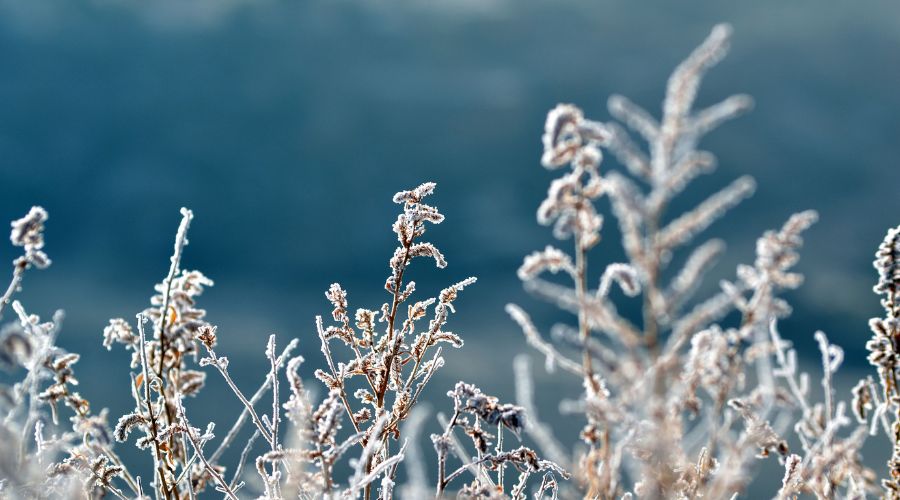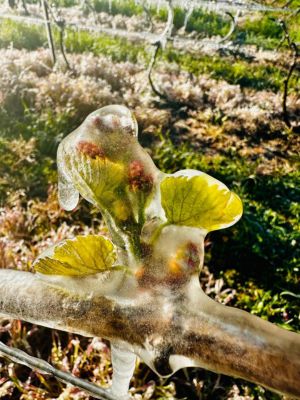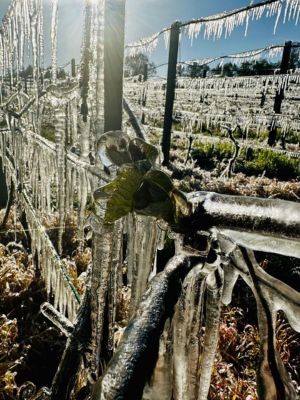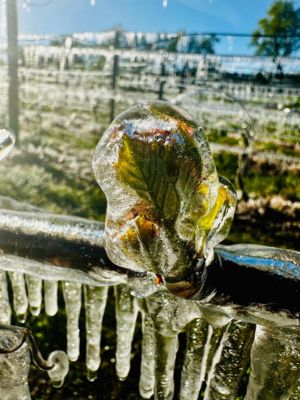Growers count losses after frost hits many parts of Europe
1st May 2024
Europe’s fruit and vine growers have been surprised by the late spring cold snap in the last few days, as approximately 100,000 tonnes of fruit has been lost.

This year’s damage is considered one of the most severe in the last century, leaving significant financial losses and fears about an uncertain future in the industry.
Failed to survive
Horticulturists report that the majority of fruit trees across Czechia have been damaged, with growers losing nearly all of their harvest.
Polish orchard and vineyard owners have been lighting bonfires to keep their crops warm following the rapid change of weather.
At the end of March and the beginning of April, temperatures in parts of Poland rose to above 25°C, which prompted plants to bloom early.



When they became vulnerable to the cold, the temperature fell as low as -8°C. Young fruit flower buds can only withstand temperatures down to around -2°C.
While speaking to the media, Jarosław Głąb, a fruit grower in central Poland, said that as much as 60–70% of the flowers in his orchards, where he grows plum, apple, pear and cherry trees, have already failed to survive the frost.
The current situation may cause price increases for fruits and vegetables across Europe.
Ingenious ideas
Growers from the Netherlands have been spraying the buds of their fruit trees with water. They hope that the frozen crust will give the buds some protection, as heat is released when the ice melts.
This keeps the buds a little warmer and can prevent them from dying.
Protecting your vineyard against late frosts
The further developed the grapevines are, the more devastating late spring frosts can be.
VineWorks viticulturist Sam Middleton shared a range of tips on how to prepare and protect your vineyard from frost damage:
- A weather station, using a wet bulb thermometer, situated in the most frost vulnerable point of the vineyard, can record weather data and help forecast future risk.
- There are two types of frost: radiation and advection, and the latter is far more challenging to protect against. There are a range of frost protection methods, including biostimulants, to help the vines withstand stress, bougies/candles/heated wires to increase temperature around the vines, frost fans to disperse cold air, and machines to control frost formation with streams of hot air.
- Healthier vines tend to be able to withstand minor stresses such as a mild frost better than weaker ones (or at least suffer less damage). Some vineyard owners will focus on this or use sacrificial canes and opt against active frost protection.
Mr Middleton added: “As can be seen in Europe last week, there is no silver bullet solution against frost, but monitoring the weather, identifying areas of vulnerability in your vineyard, and having protection methods ready to roll out are key.”
Read more vine news.
